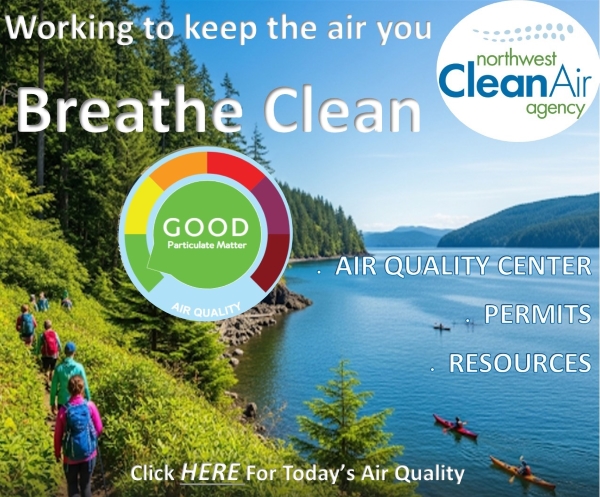As temperatures drop, air quality and public health agencies are renewing calls for residents to drastically limit the use of wood-burning stoves and fireplaces, emphasizing that wood heat should be reserved only for households where it is an absolute necessity.
The strong discouragement comes amid rising concerns over the public health impact of wood smoke, which is a major contributor to fine particulate matter pollution, or PM2.5.
We discourage people from burning wood for heat unless it’s absolutely necessary to maintain a warm and safe home. The smoke created by residential burning, even if it smells pleasant, contains microscopic particles that significantly degrade air quality and threaten respiratory health across the community.
The Invisible Danger of Wood Smoke
Wood smoke is composed of a complex mix of gases and fine particulate matter (PM2.5), which are particles so small they can penetrate deep into the lungs and even enter the bloodstream. Exposure to these pollutants can trigger asthma attacks, worsen existing heart and lung conditions, and contribute to bronchitis and other serious illnesses, particularly in children, older adults, and those with pre-existing conditions.
During colder months, a phenomenon known as thermal inversion often traps this smoke near the ground, causing localized pollution levels to spike in neighborhoods that rely heavily on wood stoves. It is during these periods that air quality agencies frequently issue “burn bans” to protect public health.
Burn Dry, Burn Clean
For households that rely on wood as a primary heat source, officials place a strong emphasis on adhering to strict burning guidelines to minimize emissions and maximize efficiency.
If you do burn, we put strong emphasis on burning only dry, clean wood.
1. Burn Only Dry (Seasoned) Wood: The most common mistake, according to fire safety experts, is burning wet or “green” wood. Wet wood uses a significant portion of the fire’s heat energy just to boil off residual water, resulting in a cooler, smoky burn that releases far more pollution and provides less warmth. This inefficient burning also leads to a dangerous buildup of creosote—a tarry substance—inside the chimney, dramatically increasing the risk of a chimney fire.
Dry, seasoned wood should have a moisture content of 20% or less. This usually means the wood has been split, stacked off the ground, covered from rain, and allowed to air-dry for six to twelve months. Visually, seasoned wood is darker, has cracks on the ends, and makes a hollow sound when two pieces are knocked together.
2. Burn Only Clean Wood: The second critical rule is to only burn natural, unadulterated wood. Residents must never use their stove or fireplace to burn:
- Garbage or plastic: Releases highly toxic fumes, including dioxins and furans.
- Treated or painted wood: Contains dangerous chemicals, like arsenic, that become airborne when burned.
- Plywood, particle board, or pressed wood: Adhesives and glues in manufactured wood products release toxic pollutants.
- Ocean driftwood: Wood exposed to saltwater releases corrosive chemicals.
By following these best practices—minimizing wood burning to only necessary circumstances and ensuring that all fuel is dry and clean—households can help protect both their family’s health and the broader community’s air quality.




